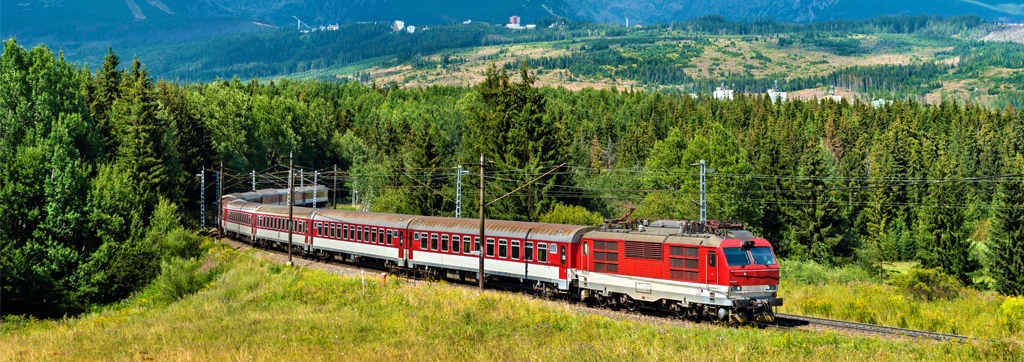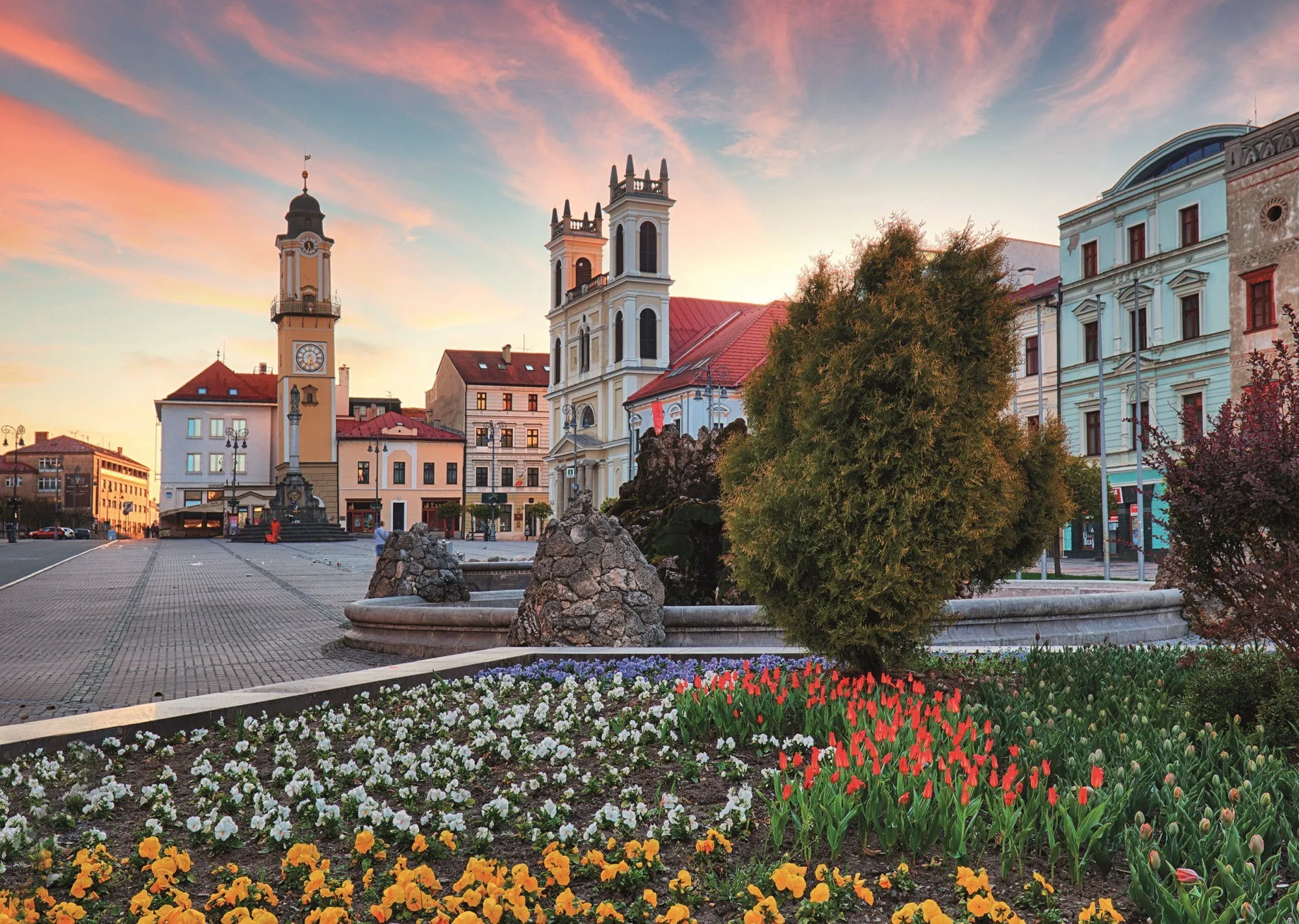When someone searches for “En Slovakia,” they often seek more than a map or a flag. They want to know what it means to truly be in Slovakia to understand the country’s culture, economy, geography, history, and evolving identity. Slovakia is not merely a landlocked nation in Central Europe; it is a place where deep traditions meet modern innovation, where medieval towns stand beside tech hubs, and where mountain trails lead to villages that still honor centuries-old customs. This guide will provide an in-depth look at life in Slovakia, offering readers both broad overviews and intimate cultural details.
En Slovakia at a Glance
| Aspect | Details |
| Official Name | Slovak Republic |
| Capital | Bratislava |
| Population | Approx. 5.4 million |
| Language | Slovak (official) |
| Currency | Euro (€) |
| Location | Central Europe |
| Borders | Austria, Czech Republic, Poland, Hungary, Ukraine |
| EU Member Since | 2004 |
| Time Zone | Central European Time (CET) |
| Famous For | High Tatras mountains, castles, automotive industry |
| Climate | Temperate continental |
| UNESCO Sites | 8 cultural and natural sites |
1. Understanding the Term “En Slovakia”
While “En Slovakia” translates literally as “In Slovakia,” the phrase also suggests immersion stepping inside the rhythms of Slovak life. It is about experiencing the capital’s café culture, hearing the sound of the fujara flute in rural festivals, and tasting bryndzové halušky under the shadow of a medieval castle. It is not only geography; it is a mindset of discovery.
2. Historical Foundations
Slovakia’s story stretches far back, shaped by empires, kingdoms, and cultural exchanges.
- Ancient Settlements – Archaeological finds show Celtic tribes and Roman trade influence in the region long before modern borders.
- Great Moravian Empire – In the 9th century, this early Slavic state played a pivotal role in spreading Christianity and the Cyrillic script.
- Hungarian Rule – For centuries, Slovakia was part of the Kingdom of Hungary, a legacy visible in architecture and law.
- Czechoslovakia Era – From 1918 to 1993, Slovakia was part of Czechoslovakia, gaining full independence peacefully in the “Velvet Divorce.”
Each historical era left behind more than monuments it embedded values, languages, and traditions that still shape national identity.
3. Geography and Natural Beauty
Slovakia’s small size hides its geographical diversity.
- Mountains – The High Tatras dominate the north, offering alpine lakes, wildlife, and ski resorts.
- Rivers – The Danube, Váh, and Hron rivers shape trade routes and provide fertile valleys.
- Lowlands – The southern plains host vineyards and agriculture, producing wheat, corn, and fine wines.
Nature is central to life in Slovakia. Many Slovaks hike regularly, and weekends often mean trips to the mountains or countryside.
4. Cultural Identity and Traditions
Slovakia’s culture thrives on a blend of Slavic roots and regional uniqueness.
- Folk Costumes (Kroje) – Embroidered and brightly colored, these garments reflect village identity.
- Music – Traditional instruments like the fujara and cimbalom are still taught to younger generations.
- Festivals – From grape harvest celebrations to historical reenactments, festivals are both tourist attractions and community anchors.
While globalization brings change, rural areas continue to preserve customs, ensuring that cultural heritage is not just archived, but lived.

5. Language and Communication
The Slovak language belongs to the West Slavic group, sharing similarities with Czech and Polish. English is increasingly common in urban centers, particularly among youth, but in rural areas, Slovak dominates daily conversation. Dialects vary across regions, adding linguistic richness.
6. Economy: From Heavy Industry to High-Tech
Slovakia’s economy is one of the most rapidly developing in Central Europe.
- Automotive Sector – Home to plants from Volkswagen, Kia, Peugeot, and Jaguar Land Rover.
- Tech and Innovation – Startups in Bratislava and Košice are tapping into global IT markets.
- Agriculture – While smaller than in past centuries, agriculture still produces exports like wine, dairy, and cereals.
Adoption of the euro in 2009 helped stabilize the economy and attract foreign investment.
7. Education and Research
Slovakia maintains a strong public education system.
- Primary and Secondary Schools – Free and widely accessible.
- Higher Education – Comenius University in Bratislava is the oldest and most prestigious.
- Research – Investment in science and technology is growing, with a focus on green energy and AI development.
8. Daily Life and Social Values
Life in Slovakia balances tradition and modernity.
- Family-Centered Society – Multi-generational living is common, especially in rural areas.
- Work-Life Balance – People value holidays and weekends for leisure and travel.
- Food Culture – Meals often center on local produce, meats, and dairy, with hearty soups and dumplings popular year-round.
9. Tourism: Exploring En Slovakia
Tourism is a vital part of the Slovak economy.
- Natural Tourism – Hiking, cycling, skiing, and caving attract adventure travelers.
- Cultural Tourism – UNESCO sites like Spiš Castle and Vlkolínec village draw heritage enthusiasts.
- Urban Experiences – Bratislava offers a mix of medieval streets, modern art galleries, and a vibrant café scene.
10. Political Landscape
Slovakia operates as a parliamentary democratic republic. Since joining the EU and NATO, it has positioned itself as a cooperative European partner, though domestic politics can be polarized, reflecting wider European trends.
11. Challenges Facing Slovakia
Like many nations, Slovakia faces social and economic hurdles.
- Urban-Rural Divide – Economic growth is concentrated in cities.
- Population Decline – Young people often move abroad for work.
- Environmental Protection – Balancing tourism with conservation is an ongoing task.
12. Opportunities Ahead
Slovakia has potential to grow in:
- Renewable Energy – Hydropower and solar expansion.
- Technology Exports – Leveraging its skilled workforce in IT.
- Cultural Branding – Promoting folk traditions and gastronomy internationally.
13. Regional Diversity in En Slovakia
From the rugged Orava region to the fertile Tokaj wine district, Slovakia’s regions each bring distinct cultural flavors, dialects, and traditions.
14. Slovakia in the Global Imagination
En Slovakia is not only a physical location but an idea of a country that, despite its small size, contributes uniquely to Europe’s cultural and economic landscape.
Conclusion
To understand “En Slovakia” is to see beyond its borders and statistics. It is to recognize a nation of contrasts: where history meets innovation, and where the old ways are not lost but woven into the modern fabric. Whether you visit for the landscapes, the festivals, the cuisine, or the business opportunities, Slovakia offers an experience rich in depth and character.
FAQs
1. What does “En Slovakia” mean?
“En Slovakia” simply means “in Slovakia,” but in a broader sense, it refers to exploring and experiencing the country’s culture, history, and lifestyle from within.
2. What is Slovakia known for?
Slovakia is famous for the High Tatras mountains, medieval castles, folk traditions, and its leading role in global car manufacturing.
3. Is Slovakia part of the European Union?
Yes. Slovakia joined the EU in 2004, adopted the euro in 2009, and is also a member of the Schengen Area.
4. What languages are spoken in Slovakia?
Slovak is the official language. Hungarian, Czech, and Romani are spoken in certain areas, and English is common among younger people in cities.
5. What are the top attractions to visit in Slovakia?
Popular spots include Bratislava’s Old Town, Spiš Castle, the High Tatras, Banská Štiavnica, and the UNESCO-listed village of Vlkolínec.

